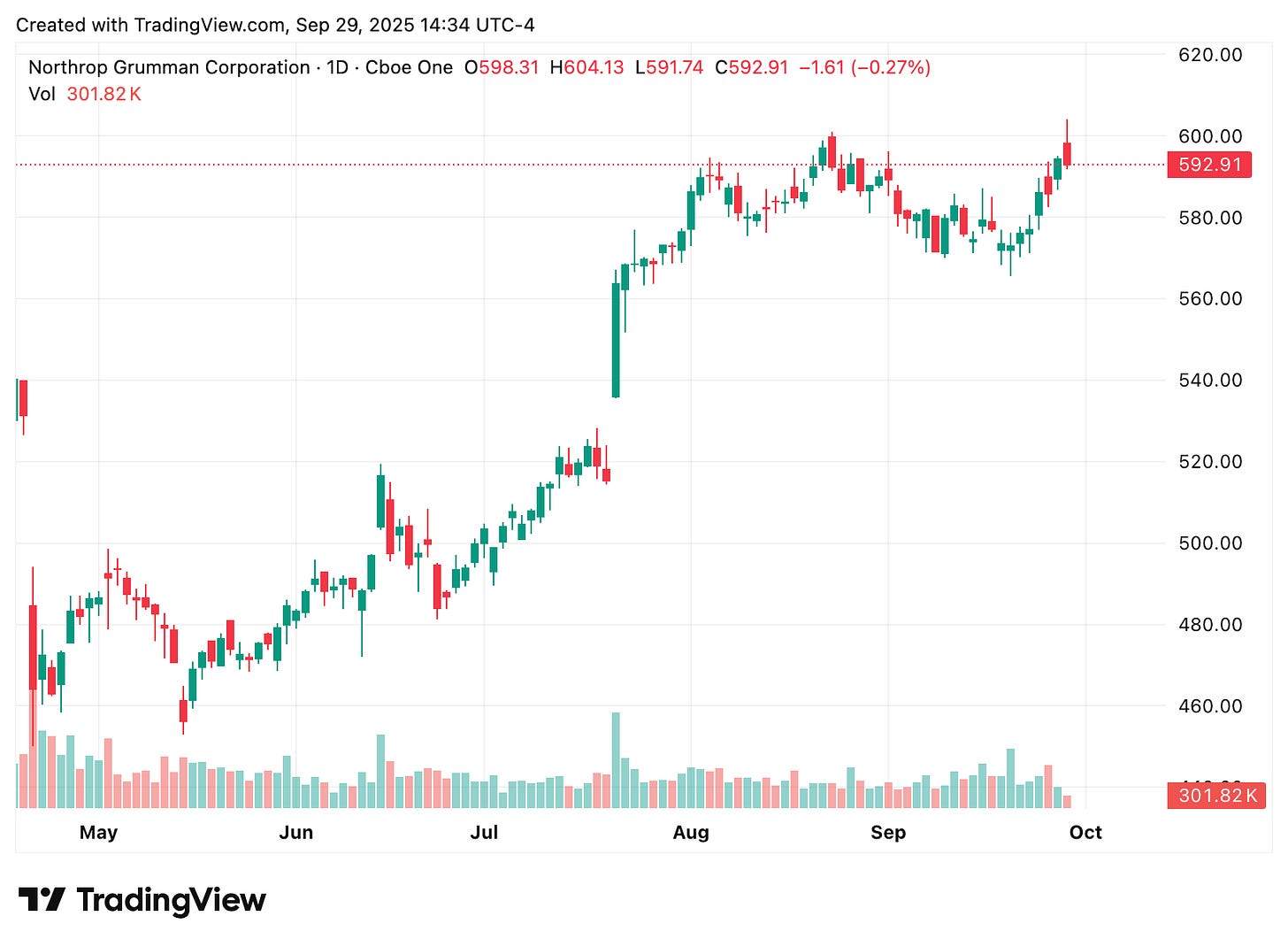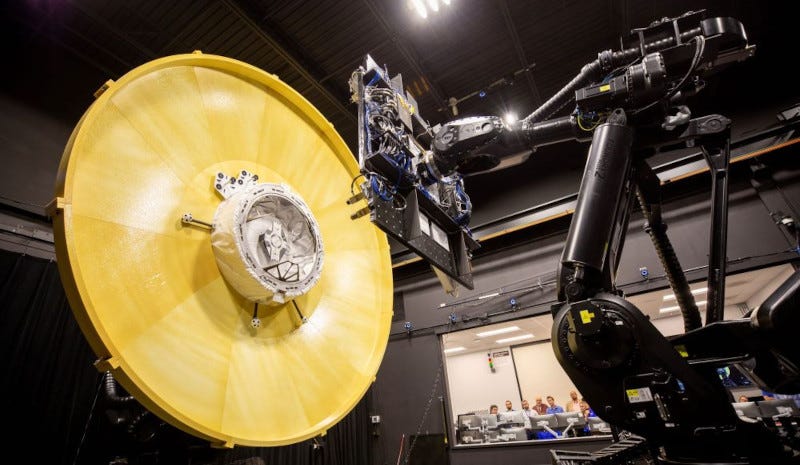Commercial Space Station Rendezvous and Docking System Demonstrated
Northrop Grumman Cygnus Spacecraft will Support Operations
Northrop Grumman Corporation has successfully performed a rendezvous, proximity operations and docking demonstration with Starlab Space Stations and Voyager Technologies, marking the latest milestone in developing this fully autonomous capability for Northrop Grumman’s Cygnus spacecraft.
“Our Cygnus XL is another step towards a thriving commercial space economy.”
Ryan Tintner, NGC
As part of an agreement announced in 2023, Northrop Grumman is adapting Cygnus to dock and provide cargo delivery missions to low earth orbit (LEO) space stations, creating a foundation to support the next generation of space exploration. Evolving Cygnus to meet the needs of commercial customers begins a new chapter of Northrop Grumman’s commitment to advancing the commercial LEO economy.
According to NGC, the Cygnus design is the foundational basis for spacecraft to support the next generation of space exploration missions, from delivery and logistics services to commercial space stations and other commercial low-Earth orbit ventures, to deep space logistics to the moon and beyond.

Cygnus consists of a Service Module and a Pressurized Cargo Module that carries crew supplies, equipment and scientific experiments to destinations in low-Earth orbit. The Service Module incorporates advanced avionics developed by Northrop Grumman and guidance and navigation components that allow for fully autonomous rendezvous operations. The avionics design fully meets rigorous and exhaustive NASA safety requirements imposed on human-rated space vehicles.
In September, the first Cygnus XL spacecraft rendezvoused with the International Space Station, delivering over 11,000 pounds of equipment, science experiments and supplies to the crew.
“Our Cygnus XL is another step towards a thriving commercial space economy,” said Ryan Tintner, vice president, civil space systems, Northrop Grumman. “The spacecraft carries more cargo, making each mission more efficient. We’ve supported NASA and the space station for decades, and we know what it takes to develop advanced capabilities for exploring space.”



